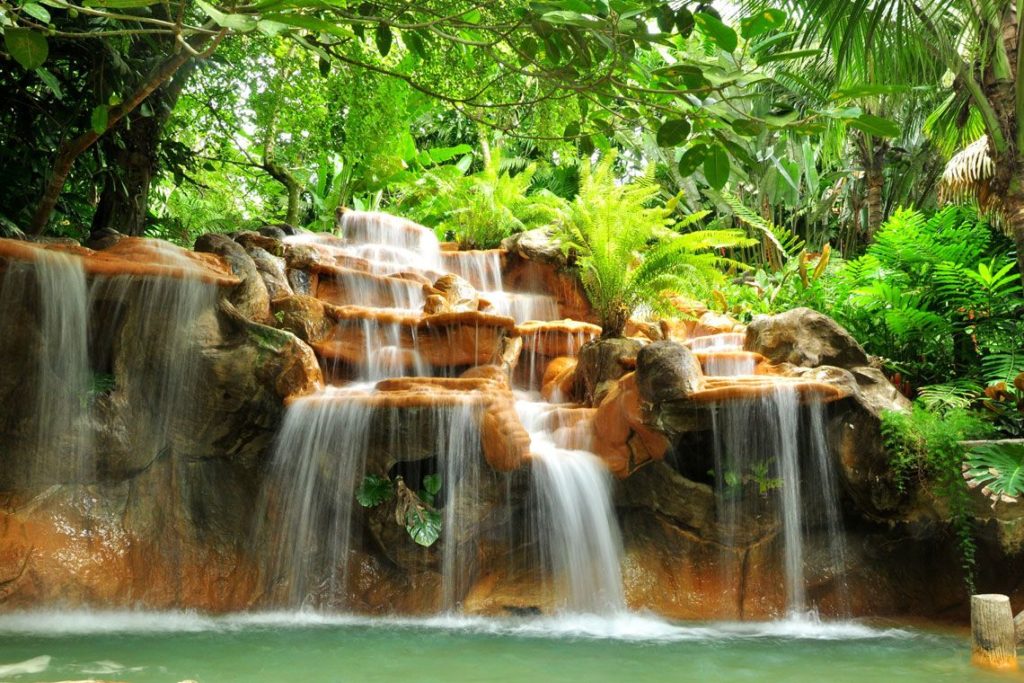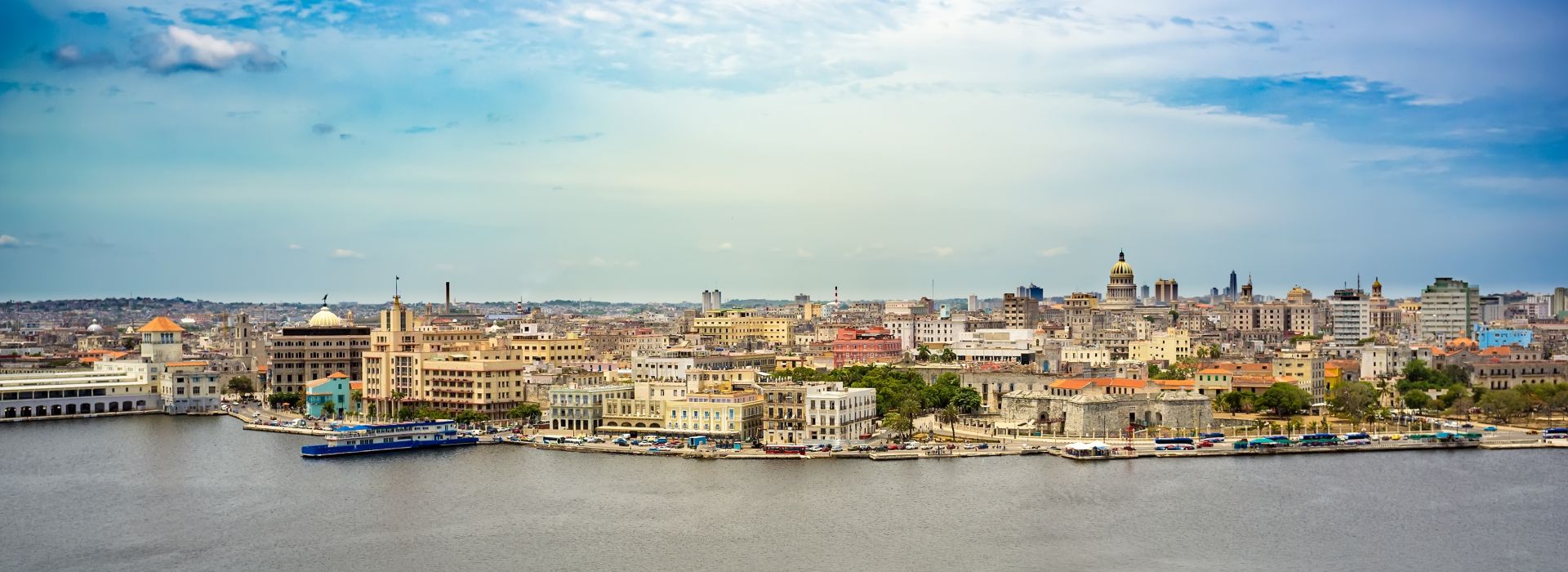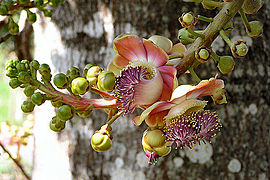NO PODRÁS ENCONTRAR en toda Cuba una joya de mayor natural belleza como el jardín botánico de la centrosureña ciudad de Cienfuegos,con una de las mas amplia colecciones de la fauna y el más antiguo del país.
El lugar con unas 97 hectáreas se encuentra a unos 15 kilómetros de la ciudad de Cienfuegos, nombrada la Perla del Sur, en la carretera que conduce hacia la villa de Trinidad, en la vecina provincia de Sancti Spíritus.
Es el más antiguo de una extensa red de jardines botánicos existentes en el país y el que tiene colecciones de plantas más completas, únicas de su tipo en América y otras regiones del planeta.
HERENCIA NORTEAMERICANA DEL BELLO JARDIN NACIONAL.
Fundado en 1901 por el empresario estadounidense Edwin F. Atkins, quien adquirió a fines del siglo XIX la fábrica de azúcar llamada ‘Soledad del muerto’, al lugar se entra a través de una extensa fila de palmas reales, símbolo de la nación cubana.
Las intenciones de Atkins, quien radicaba en aquellas tierras, era crear un centro de investigaciones botánicas que le permitiera mejorar las variedades de caña de azúcar en sus posesiones y obtener otras aún más productivas.
En 1901, bajo su patrocinio, se constituyó el Harvard Botanical Station for Tropical Research and Sugar Cane Investigation (Estación Botánica de Harvard para la investigación tropical y de la caña de azúcar). Poseía entonces una extensión de 4,5 hectáreas y sus especialistas procedían de los Estados Unidos.
Transcurridos 20 años, árboles, arbustos y especímenes traídas a Cuba desde diversos países poblaron el lugar. Es cuando en 1919, el propietario azucarero traspasó la dirección del jardín a la Universidad de Harvard, quienes abandonaron a Cuba a principio de 1960.
A partir de aquel momento, la importante instalación botánica se integró al Ministerio de la Industria y de la Universidad ‘Marta Abreu’, de la antigua provincia de Las Villas. En la actualidad es una entidad del Ministerio de Ciencia, Tecnología y Medio Ambiente de Cienfuegos.
MANTIENEN LA IMPORTANCIA NATURAL DEL LUGAR.
De las 97 hectáreas que tiene actualmente, siete son de bosque natural preservado, en tanto alberga más de mil 417 especies, y de ellas unas 500 son ejemplares únicos. Ejemplares representados en plantas de diversos géneros de 125 familias, arbóreas en su mayoría. Según sus especialistas, el 70 por ciento de los ejemplares de la institución botánica es de especies foráneas, procedentes de Asia, África, Oceanía y América.
En el conjunto de sus variedades casi todas únicas, aparece la colección de orquídeas con más de 400 especies, la de bambúes con 23 y la de palmas con 280. La pluralidad de las palmas cuenta con especies muy raras, como ‘la salchicha’, ‘pata de elefante’, ‘árbol que camina’, ‘trampa de mono’, nombres dados por los visitantes antes las diferentes formas que adopta la planta.
Esa extraordinaria colección de palmas de África tropical, hay una que florece cada 25 años, es considerada una de las 10 más completas e importantes de América y el mundo, destacaron.
La siembra en cuadrículas permitió al Jardín Botánico cienfueguero sobrevivir a las inclemencias del clima tropical cubano. Numerosos fenómenos naturales afectaron su amplia gama de plantas. En 1903 sobrevivió a una helada, algo atípico en el clima nacional, mientras que en 1911, 1935, 1996 y 2001 fuertes huracanes dejaron sus huellas en las plantaciones, pero todas fueron recuperadas.
Quienes visitan el Jardín Botánico cienfueguero van en busca de esa joya del verdor nacional, cuya fama y experiencia científica, dado el rigor en el manejo de las plantas, rebasa las fronteras nacionales.
 EL JARDIN BOTANICO DE CIENFUEGOS, CUBA, A HERITAGE AND THE JEWEL OF THE NATIONAL GREENERY.
EL JARDIN BOTANICO DE CIENFUEGOS, CUBA, A HERITAGE AND THE JEWEL OF THE NATIONAL GREENERY.
You will not be able to find a jewel of greater natural beauty in all of Cuba, such as the botanical garden in the center of the city of Cienfuegos, with one of the largest collections of fauna and the oldest in the country.
The 97-hectare site is located about 15 kilometers from the city of Cienfuegos, named the Pearl of the South, on the road that leads to the town of Trinidad, in the neighboring province of Sancti Spíritus.
It is the oldest of an extensive network of botanical gardens in the country and the one with the most complete collections of plants, unique of its kind in America and other regions of the planet.
NORTH AMERICAN HERITAGE OF THE BEAUTIFUL NATIONAL GARDEN .
Founded in 1901 by the American businessman Edwin F. Atkins, who acquired the sugar factory called ‘Solitude of the Dead’ in the late 19th century, the place is entered through an extensive row of royal palms, the symbol of the Cuban nation.
The intentions of Atkins, who resided in those lands, was to create a botanical research center that would allow him to improve the varieties of sugar cane in his possessions and obtain others even more productive.
In 1901, under his patronage, the Harvard Botanical Station for Tropical Research and Sugar Cane Investigation was established. It then had an area of 4.5 hectares and its specialists came from the United States.
After 20 years, trees, shrubs, and specimens brought to Cuba from various countries populated the place. It is when in 1919, the sugar owner transferred the management of the garden to Harvard University, who abandoned Cuba in the early 1960s.
From that moment, the important botanical facility was integrated into the Ministry of Industry and the ‘Marta Abreu’ University, in the former province of Las Villas. Currently, it is an entity of the Ministry of Science, Technology, and Environment of Cienfuegos.
THEY MAINTAIN THE NATURAL IMPORTANCE OF THE PLACE
Of the 97 hectares that it currently has, seven are of preserved natural forest, while it is home to more than 1,417 species, and of them, some 500 are unique specimens. Exemplars represented in plants of various genera of 125 families, mostly arboreal. According to its specialists, 70 percent of the specimens of the botanical institution are foreign species, coming from Asia, Africa, Oceania, and America.
In the set of its almost all unique varieties, there is the collection of orchids with more than 400 species, that of bamboo with 23 and that of palms with 280. The plurality of palms has very rare species, such as ‘the sausage’, ‘elephant foot’, ‘walking tree’, ‘monkey trap’, names given by visitors before the different forms the plant takes.
That extraordinary collection of palms from tropical Africa, there is one that blooms every 25 years, it is considered one of the 10 most complete and important in America and the world, they highlighted.
Planting in grids allowed the Cienfuegos Botanical Garden to survive the inclement weather of the Cuban tropical climate. Numerous natural phenomena affected its wide range of plants. In 1903 it survived a frost, something unusual in the national climate, while in 1911, 1935, 1996 and 2001, strong hurricanes left their marks on the plantations, but they were all recovered.
Those who visit the Cienfuegos Botanical Garden go in search of that jewel of national greenery, whose fame and scientific experience, given the rigor of plant management, goes beyond national borders.
Agencies/ RHC/ Lorena Viñas/ Internet Photos/ Arnoldo Varona/ www.TheCubanHistory.com
THE CUBAN HISTORY, HOLLYWOOD.



 EL JARDIN Botánico de Cienfuegos, Cuba, una Herencia y joya del Verdor Nacional. PHOTOS.
EL JARDIN Botánico de Cienfuegos, Cuba, una Herencia y joya del Verdor Nacional. PHOTOS.










